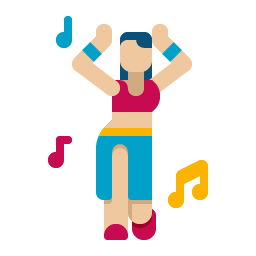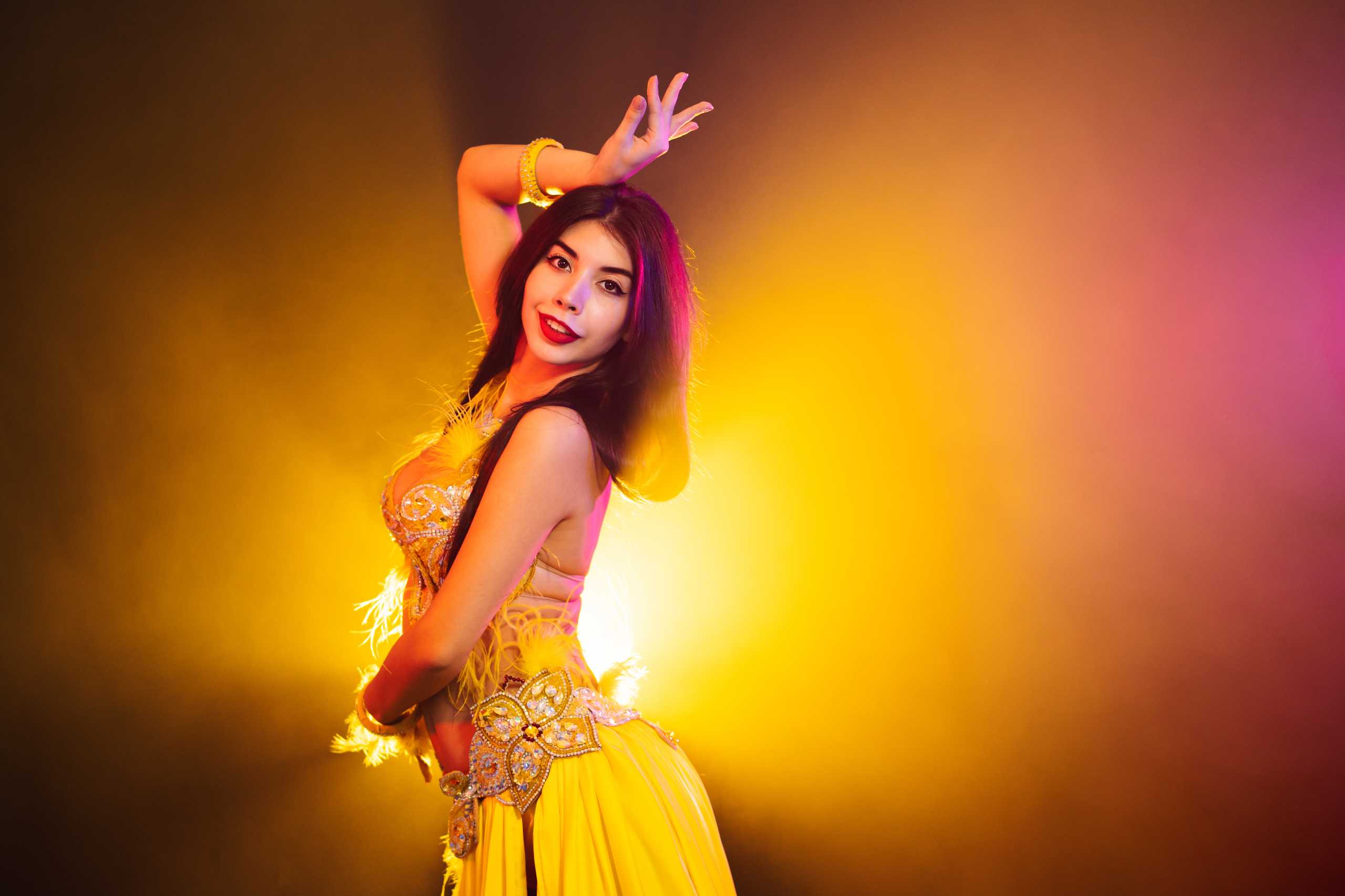The Hidden Power of Eastern Dance — More Than Just Movement
When most people think of Eastern (Oriental) dance, their minds often jump to glittering costumes, hypnotic hip circles, and lively music. It’s beautiful, yes — even mesmerizing. But to those who truly step into this world, it becomes clear that the dance holds something far deeper than aesthetics.
It is not merely choreography. It is a return — to the body, to the feminine, to the sacred.
A Dance Rooted in the Ancient and the Intimate
Eastern dance is one of the oldest known forms of movement — and yet, it has never stopped evolving.
Its origins are tangled with mystery, oral history, and spiritual practice. Long before it appeared on stages and festivals, this dance belonged to women’s circles. It was danced to celebrate life, fertility, transformation. It was used in rituals of birth, grief, healing, and joy.
There was no audience. No applause.
Only the circle. Only the body. Only the rhythm.
These early dances were intuitive and organic. Movements weren’t taught in the technical sense — they were inherited through presence. Grandmothers, mothers, daughters — passing down gestures, breathing together, grounding through shared motion. In many Middle Eastern and North African cultures, this was a woman’s language. One without words.
Movement as Medicine
Something profound happens when you allow the body to move from within, not to entertain but to reconnect.
Modern life often disconnects us from our senses — we sit too long, rush too much, and carry tension we can’t name. Oriental dance brings us back into the body, gently, wisely.
It’s not about forcing the body to perform; it’s about listening.
It’s a reminder that strength and softness can live in the same gesture.
That movement can be both powerful and healing.
You don’t need to have a “dancer’s body” to dance. In fact, through this practice, your body becomes your teacher. You start to inhabit it more fully — spine, belly, chest, breath. You move slower. You feel more. You remember who you are beneath the pressure to be someone else.
The Feminine Revealed — Without Apology
Unlike many dance styles that emphasize perfection, Oriental dance welcomes imperfection.
There is room for trembling, stillness, hesitation, wildness. The dancer is not expected to perform a polished mask — she is invited to show her real self.
This is a dance of hips, yes — but also of breath, gaze, spine, silence.
It’s a deeply embodied language of femininity in all its shades: gentle, fierce, sensual, sacred, grieving, blooming.
And what makes it revolutionary today is that it dares to say:
You are allowed to take up space.
You are allowed to be seen.
You are allowed to feel.
No permission needed. No apologies given.
A Circle, Not a Stage
One of the most beautiful aspects of Oriental dance is that it was never meant to be competitive. It was never about outshining the others.
It was about sharing energy — in living rooms, kitchens, village squares, family gatherings. The traditional setting wasn’t a stage but a circle. The audience wasn’t silent and distant, but part of the pulse. There was laughter, clapping, tears, storytelling.
To dance in that kind of environment is to remember that your body doesn’t need to be perfect — it only needs to be present.
Today, in a world obsessed with image and comparison, this quality is rare — and deeply needed.
Returning to the Self — One Step at a Time
Through Eastern dance, something changes — not just in posture or coordination, but in how you walk through life.
You stand taller.
You breathe deeper.
You carry yourself with quiet strength.
This isn’t about pretending to be confident — it’s about actually feeling connected, open, grounded. The repetition of movement becomes a rhythm of remembering:
“I belong in this body. I belong in this moment. I am enough.”
It becomes not just a practice of movement, but of presence.
Not just a skill, but a form of self-discovery.
Final Thoughts: The Dance That Leads You Home
Oriental dance is not just a cultural tradition or a performance style. It is a doorway — to history, to femininity, to power, to joy. It is something ancient that still lives in the muscles and memory of women everywhere.
It doesn’t ask you to change.
It asks you to return.
Return to your rhythm.
Return to your grace.
Return to your body — not as something to control, but something to celebrate.
Because maybe the most powerful thing you can do…
is simply to move as you are.

